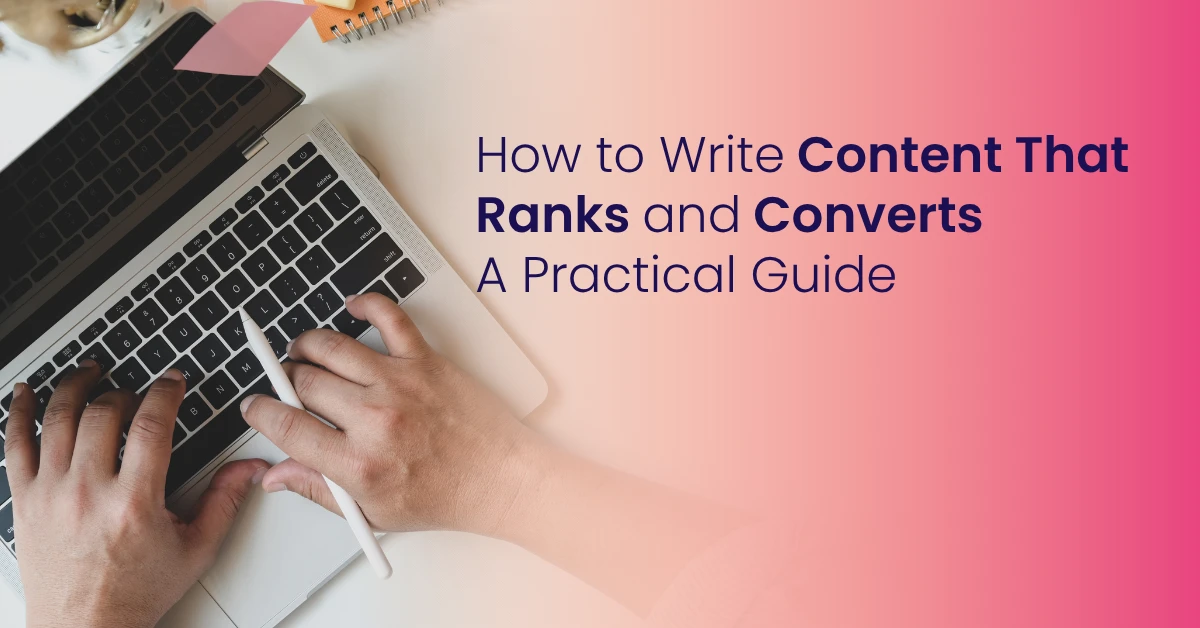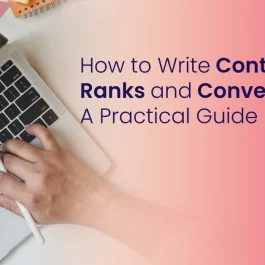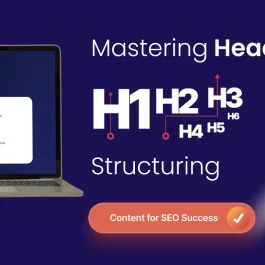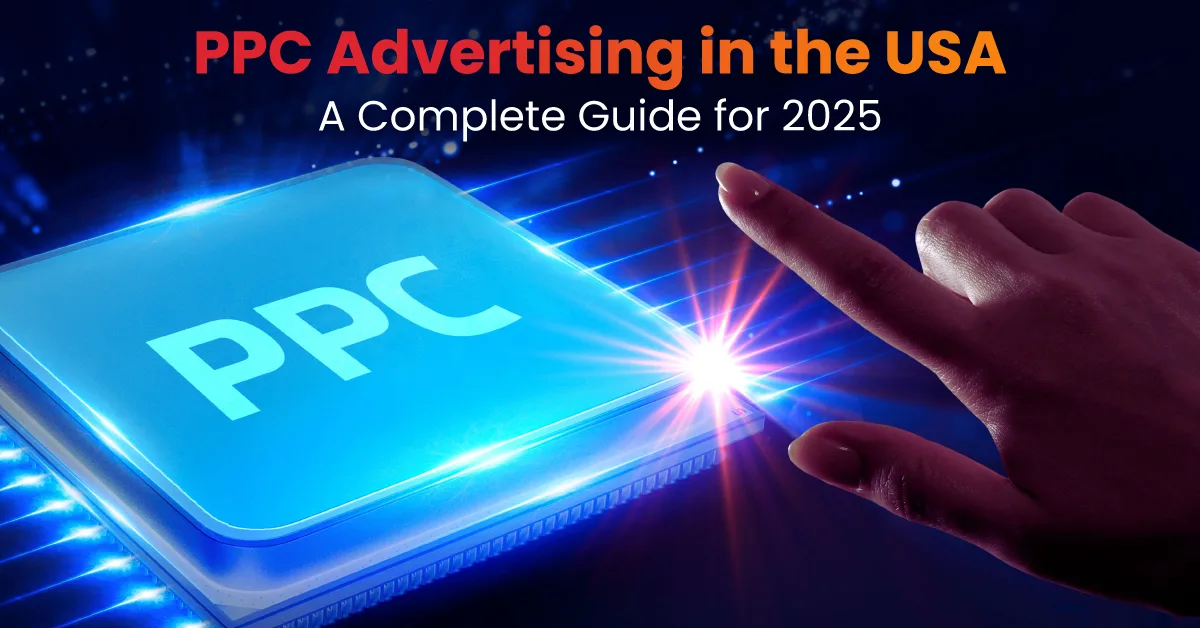5 min read
Table of Contents
Introduction to SEO Content Writing
SEO content writing is very important for search engine optimization. It helps bring organic traffic to your website. It means making content that is valuable, relevant, and easy to find. This content builds trust with your target audience. Good SEO content writing makes search engines happy. It also attracts users who want to engage. This leads to higher search engine rankings. Quality SEO writing keeps users interested. This lowers bounce rates and raises dwell times.
A key part of good SEO content writing is knowing search intent. You must make content that meets your audience’s needs and wants.
Keyword Research and Integration
Doing good keyword research is the base of writing SEO content that ranks. Research shows what Google thinks are the best answers. This helps you match your content to what users want.
Use keyword research tools like Google Keyword Planner, Ahrefs, or Semrush. Find target keywords and their search volume. Put primary and secondary keywords in your content naturally. Avoid keyword stuffing. Choosing the wrong keyword can doom even brilliant content to poor rankings, so ensure your keyword selection aligns with user intent and search trends.
Use long-tail keywords to get qualified traffic and less competition. Long-tail keywords bring more qualified visitors. They are more specific and fit user intent better.
On-Page Optimization
On-page SEO is key for search engine rankings. It means optimizing each web page. Use meta tags like title tags and meta descriptions. These help search engines know your content.
Make your content easy to read. Use headings, bullet points, and short paragraphs. Good content structure helps users read and understand. Use internal links to guide users on your site. This also spreads SEO value across pages.
Content Creation and Quality
Make high-quality, complete content. This is key for rankings and user interest. High-quality SEO content shows your expertise. It makes your site a trusted source. Give valuable, relevant, and unique content. Answer your audience’s needs well. Incorporating visual elements like images can further enhance engagement and contribute to SEO success when optimized properly.
Use latent semantic indexing (LSI) keywords. These help search engines get your content’s meaning. Avoid keyword stuffing. Make content that truly helps users.
Technical Enhancement and Optimization
Technical SEO is important for rankings. It means fixing your website’s technical parts. Use tools like Google Search Console. Watch your site’s performance and find ways to improve.
Make your site load fast and work well on mobiles. Use content delivery networks (CDN) to help speed. Mobile optimization is very important. Google ranks mobile-friendly content higher. Ensuring mobile optimization is also crucial for maintaining user engagement, as users expect seamless experiences across devices.
Use schema markup to help search engines understand your content. Add alt text to images. This helps both users and search engines. Optimizing images with alt text not only improves accessibility but also enhances SEO by providing context to search engines.
Analyzing and Optimizing Performance
- Check how your SEO content is doing. Find ways to improve.
- Use Google Analytics to track traffic, engagement, and conversions.
- Watch your keyword rankings. Change your SEO strategy when needed.
- Use A/B testing to improve titles, meta descriptions, and links. Update old content often. This keeps your SEO strong and content fresh.
Essential Tools and Resources
Use key tools to help your SEO writing. Keyword tools like Ahrefs, Semrush, or Moz find good keywords and their search volume.
Use content tools like Yoast SEO or All in One SEO Pack. They help with meta tags and content structure. Use technical SEO tools like Google Search Console or Screaming Frog. These track your site’s health.
Advanced SEO Techniques
Use advanced SEO methods to beat the competition. SEO-friendly content needs internal and external links. These boost authority and relevance. They help search engines and users understand your content.
Use internal links to build a clear site structure. Spread SEO value across your pages. Use external links to trusted sites. This builds your site’s authority. Use content marketing like guest posts, influencer outreach, and social media. These raise your site’s visibility.
Conclusion and Next Steps
Writing SEO content that ranks and converts means knowing SEO rules and how users act. You must make high-quality, full content that meets your audience’s needs well. Also, use technical SEO to keep your website running fast and easy to use. Keep checking and improving your SEO content so you beat your rivals and get more visitors. Making evergreen content is very smart because it stays useful and brings traffic for a long time.
Grow Your Business with Content
That Ranks and Converts
Frequently Asked Questions (FAQs)
1. What is SEO content writing?
SEO content writing means making valuable, relevant, and optimized content. It aims to rank high in search engine results pages (SERPs). It draws organic search traffic by meeting user intent. It gives full answers to search questions.
2. Why is keyword research important in SEO content writing?
Keyword research finds the main and related keywords your audience looks for. This helps your content match search intent. It raises search visibility and brings qualified traffic.
3. How do I avoid keyword stuffing while optimizing content?
Add your main and related keywords naturally. Use latent semantic indexing (LSI) keywords for context. Don’t overuse any word. Keep your content readable and helpful. Effective keyword placement techniques, such as including keywords in headings, subheadings, and the first 100 words, can significantly enhance SEO performance.
4. What role do internal and external links play in SEO?
Internal links help users move through your site. They spread SEO value and improve site structure. External links to trusted, relevant sites boost your content’s trust and rankings.
5. How often should I update my existing content?
Update your content regularly. This keeps it relevant and trusted by search engines. Review and refresh every 3–6 months or when new info comes out.
6. How does mobile optimization affect SEO?
Google favors mobile-friendly content. Making your site work well on mobiles improves user experience. It also helps you rank higher in search results.
7. What tools can help with SEO content optimization?
Tools like Google Keyword Planner, Ahrefs, Semrush, Yoast SEO, and Google Search Console help. They assist with keyword research, content optimization, technical SEO, and tracking performance.
8. How can I measure the success of my SEO content?
Use tools like Google Analytics and Google Search Console. Track organic traffic, keyword rankings, bounce rates, dwell time, and conversions. Use these to improve your SEO efforts.
9. What is E-E-A-T and why is it important for SEO content?
E-E-A-T means Experience, Expertise, Authoritativeness, and Trustworthiness. Google uses these to judge content quality. It is very important for sensitive topics. It affects search rankings. Quality signals like E-E-A-T are critical across all industries, but they hold even more weight in areas like finance and health, where trust and accuracy are paramount.
10. How do I create content that ranks and converts?
Make high-quality, user-focused content that meets search intent. Use keywords naturally. Structure and format clearly. Add calls to action. Use technical SEO and keep checking performance for best results.
Published: October 29th, 2025











